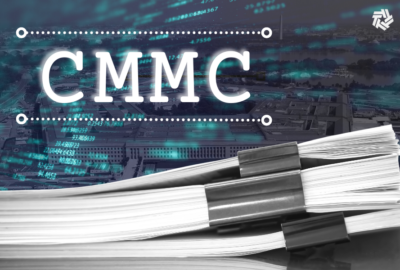The Government Procurement Efficiency List, Part II
The goal for the GPEL is to drive common sense procurement policy reform and operational optimization that delivers value and savings for the American people. ...
Last week’s FAR & Beyond blog launched the Coalition’s Government Procurement Efficiency List (GPEL) for the new federal market. The GPEL will identify opportunities to improve the efficiency and effectiveness of the procurement system to deliver cost effective, best value solutions to meet customer agency mission requirements. The GPEL will be shared with key stakeholders across government. The goal for the GPEL is to drive common sense procurement policy reform and operational optimization that delivers value and savings for the American people.
We look forward to followers of the FAR & Beyond blog providing their recommendations for the GPEL. Next week the Coalition will be reaching out to each of our industry committees seeking recommendations for the GPEL. There will be cross-cutting efficiency opportunities that will positively impact customer agencies and contractors across government. At the same time, there will be more specific, industry unique procurement efficiency opportunities that our individual industry committees will identify.
In February and March, the Coalition will be collecting, organizing, and refining the GPEL recommendations. Once the GPEL has been finalized, it will be published. It is important to note that over the years, a host of recommendations have been developed to streamline Federal procurement, reduce barriers to entry, and increase access to the commercial market. To kick start the GPEL, here are 10 efficiency opportunities for consideration:
- Clarify the operating authority for the General Services Administration’s (GSA) Federal Supply Schedules (FSS) to reflect the delivery of “best value” commercial products, services, and solutions to meet customer agency needs. This efficiency opportunity will empower GSA to further streamline processes/procedures and create flexibly structured contracts that reflect commercial best practices. This measure alone has the potential of driving robust efficiencies across what is the largest shared services contracting program in government.
- Reorganize the Federal Acquisition Service (FAS) acquisition workforce supporting the FSS program. This efficiency opportunity will eliminate structural stovepipes that have hindered accountability, consistency, flexibility, and workload optimization.
- Put “commercial” back into commercial item contracting. Streamlining procurement procedures, reducing regulatory burdens, and eliminating unnecessary clauses and requirements to better reflect commercial practice will have a huge multiplying impact that will increase competition and increase access to the commercial industrial base.
- Provide greater flexibility in structuring cloud services contracts to ensure commercial payment terms can be leveraged to increase efficiency and save taxpayer funds.
- Embrace dynamic pricing models that leverage competition from the commercial market. There simply needs to be greater flexibility in pricing to meet customer demand across the federal market. Static pricing ultimately hinders competition and reduces value for customer agencies.
- Institute a commercial ordering/logistics system at the Department of Veterans Affairs for medical supplies, to take advantage of negotiated pricing under established contracts and reduce patient safety risk due to gray market purchasing and order errors.
- Rescind the GSA FAS Policy and Procedure Memorandum related to Evaluation of FSS Program Pricing (2021-05) and the non-commercial, archaic Price Reduction Clause, to allow more commercial firms to provide more commercial solutions to the Federal Government.
- Rescind proposed rules removing statutorily granted contracting officer discretion when ordering under multiple-award contacts by imposing market research, documentation and coordinating mandates, and finalize the proposed Federal Acquisition Regulation (FAR) rule exempting these business judgment decisions from protest.
- Harmonize cybersecurity reporting requirements so that government contractors are not beholden to different cybersecurity reporting requirements and timelines depending on the federal agency that awarded the contract.
- Comprehensively review and repeal unnecessary FAR clauses, such as Reporting Executive Compensation and First-Tier Subcontract Awards (52.204-10), Encouraging Contractor Policies to Ban Text Messaging While Driving (52.223-18), Printed or Copied on Doubled-Sided Postconsumer Fiber Content Paper (52.204-4), etc.
Procurement is the great enabler leveraging the private sector to support every aspect of government operations. These efficiency opportunities have great potential to reduce total acquisition costs and improve performance for taxpayers. Implementing these reforms will increase competition and access to the commercial market, including access to non-traditional firms seeking entry to the federal market. Today marks the beginning of the GPEL conversation. Please share your efficiency opportunities for the GPEL with Greg Waldron at gwaldron@thecgp.org.
We look forward to working with the Administration towards common sense procurement that delivers best value mission support for the American people.
Copyright © 2025 Federal News Network. All rights reserved. This website is not intended for users located within the European Economic Area.






